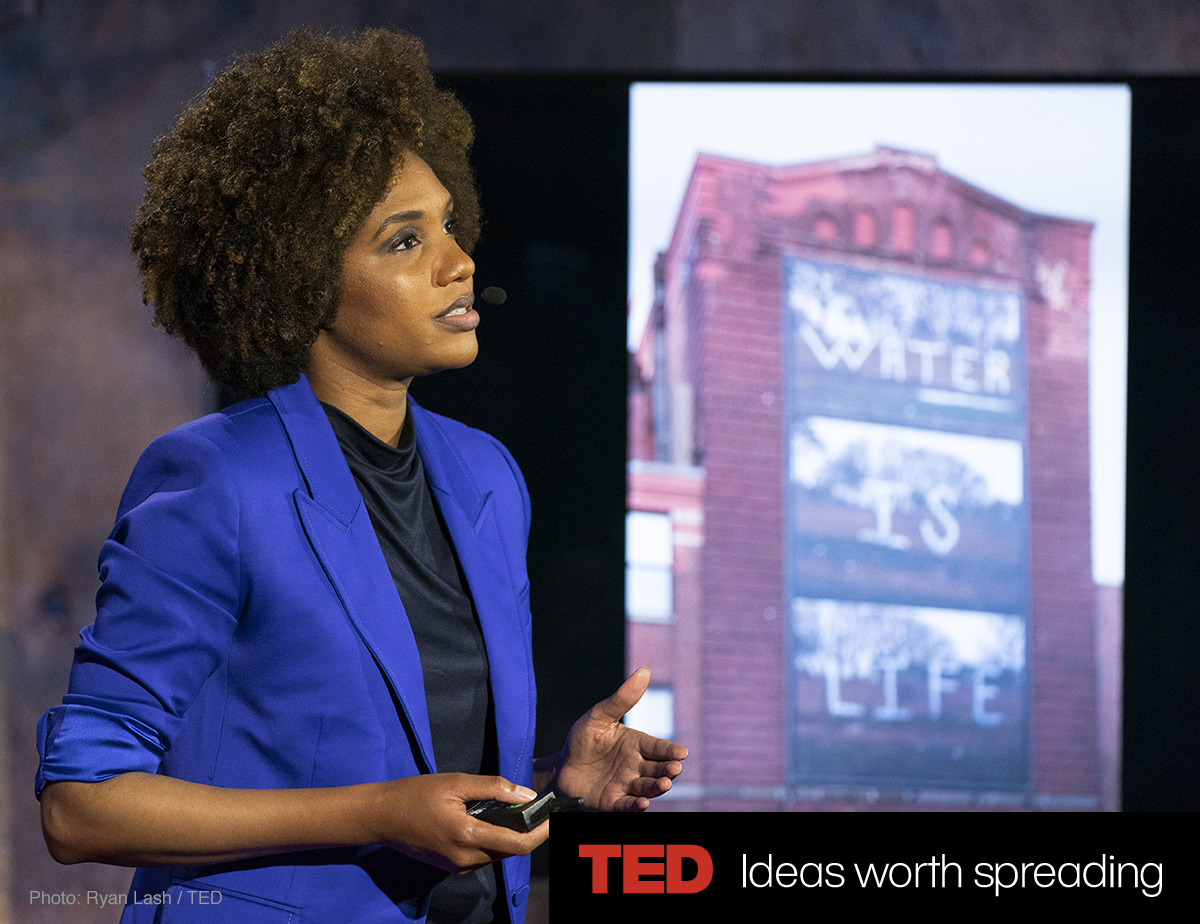Heartbreak and Resurrection in ‘Grief and Grievance’ at the New Museum
New Museum
Art Review
by Jerry Saltz
The New Museum’s show “Grief and Grievance: Art and Mourning in America” finds terrible beauty in the pain, rage, mania, and sorrow that form the continuing psychosis of this country’s obsession with race.
Featuring 37 Black artists working in the United States from 1964 to today, it plumbs the long American night of racism with an eye on the poetics of abstraction, the possibilities of monochrome, and the documentation of bare facts. Together, these 97 pieces suggest Black artists have made the most important art of our time.
It’s notable that this exhibition, with its themes of mourning and loss, was the last organized by the great Nigerian-born, Germany-based curator Okwui Enwezor, a visionary pioneer of international multiculturalism, who died of cancer in 2019 at the age of 55. Part of the big global art world that self-started in the early ’90s, Enwezor’s animating purpose as a curator seemed to be to declare a war on the apartheid within the institutional art world, which simply left artists from Africa out of exhibitions. Above all other curators of his generation, Enwezor brought contemporary African art and history to bear on the whole world, and he was unabashed about wanting power so that he could effect change. The show was incomplete at his death and has ably been brought to fruition using notes from and conversations with Enwezor by curators Naomi Beckwith and Massimiliano Gioni, artist Glenn Ligon, and independent curator-writer Mark Nash.
Enwezor’s curatorial eye centered on an erotics of form, color, and structure; even the most difficult or didactic work in this show is packed with its own intellectual and visual pleasure. Unlike with similar exhibitions, you will not spend your time laboring over gassy wall texts. The U.S.-based artists Enwezor worked with are now well known, and that can make this show feel a little orthodox and official in its selections — until you remember, of course, that he helped bring many of these people to light. There are important artists Enwezor has previously highlighted not included here, including David Hammons, Adrian Piper, Wangechi Mutu, and Gary Simmons; he may not have thought their work fit the theme, although we will never know. For Enwezor, what was most important was always how well artists worked with subject matter, rather than the “goodness” of the subject matter itself.

[…]
Photography was perennially one of Enwezor’s strongest suits. This show includes LaToya Ruby Frazier’s extraordinary documentary photographs of three generations of Black women whose lives are bound to the boom-and-bust fate of the industrial town of Braddock, Pennsylvania, the home of what was once a massive steel mill. The work, made in the aughts, conjures that of social-photographic geniuses Gordon Parks and Dorothea Lange, among others — Frazier is that great. Braddock and its people were left for dead; Frazier captures the normalcy of life there — how people come to live with and take care of themselves in the face of national neglect.
Dawoud Bey’s series “The Birmingham Project” gets at what happens when white America intercedes more overtly. It is made up of black-and-white diptych portraits that make explicit the toll of the KKK’s 1963 murders of four black girls in a bombing at the 16th Street Baptist Church. On one side of each diptych, we see a black child who is the same age that one of the murdered children was in 1963; on the other side is a portrait of an adult who is the age that child would have been today. This heartbreakingly stripped-down idea turns infinite: Every person who is killed loses not only everything they have but everything they were ever going to have. Bey’s chasm of sorrow becomes almost bottomless.
“Grief and Grievance: Art and Mourning in America” is on view at New Museum, 235 Bowery, through June 6.
Courtesy of: Vulture

